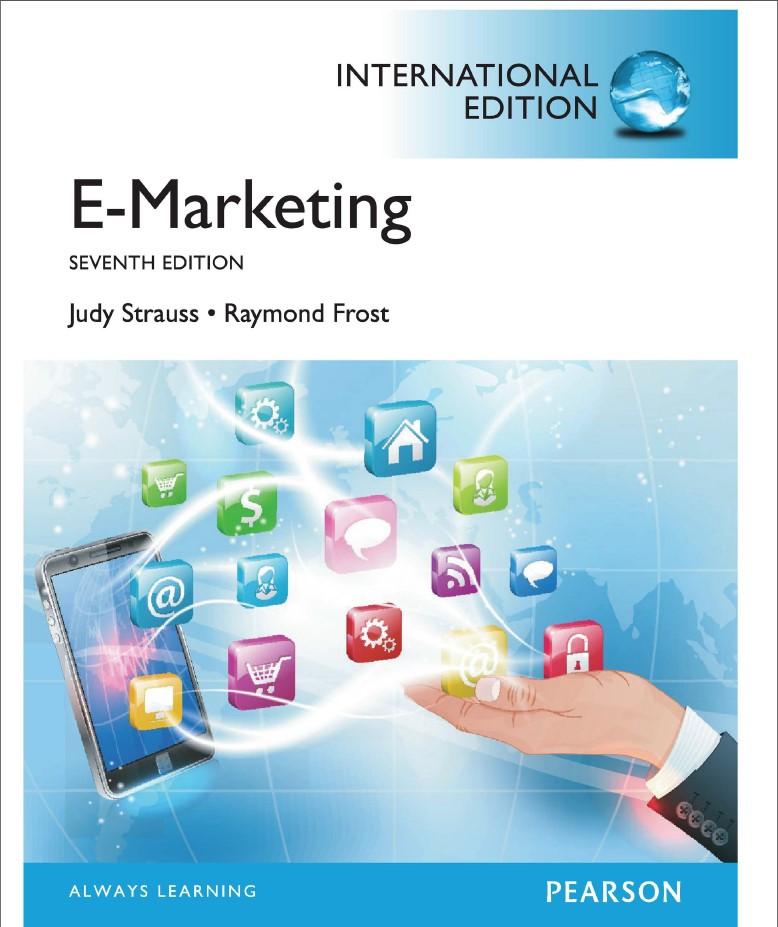


Download attachment
Exercise 6.4 Consider an annual premium with-profit whole life insurance issued to a select life aged exactly 40. The basic sum insured is $200 000 payable at the end of the month of death, and the premium term is 25 years. Assume a compound reversionary bonus of 1.5% per year, vesting on each policy anniver- sary, initial expenses of 60% of the annual premium, renewal expenses of 2.5% of all premiums after the first, plus per policy expenses (incurred when a pre- mium is payable) of $5 at the beginning of the first year, increasing by 6% per year compound at the beginning of each subsequent year. Calculate the annual premium. Exercise 6.5 A select life aged exactly 40 has purchased a deferred annuity policy. Under the terms of the policy, the annuity payments will commence 20 years from the issue date and will be payable at annual intervals thereafter. The initial annuity payment will be $50 000, and each subsequent payment will be 2% greater than the previous one. The policy has monthly premiums, payable for at most 20 years. Calculate the gross monthly premium allowing for initial expenses of 2.5% of the first annuity payment and 20% of the first premium, renewal expenses of 5% of the second and subsequent premiums, and terminal expenses, incurred at the end of the year of death, of $20 inflated from the issue date assuming an inflation rate of 3% per year. Exercise 6.6 Find the annual premium for a 20-year term insurance with sum insured $100 000 payable at the end of the year of death, issued to a select life aged 40 with premiums payable for at most 10 years, with expenses, which are incurred at the beginning of each policy year, as follows: Year 1 Years 2+ % of premium Constant % of premium Constant Taxes 4% 4% Sales commission 25% 5% Policy maintenance 0% 10 0%Exercise 6.7 A life insurer is about to issue a 30-year deferred annuity-due with annual payments of $20 000 to a select life aged 35. The policy has a single premium which is refunded without interest at the end of the year of death if death occurs during the deferred period. (a) Calculate the single premium for this annuity. (b) The insurer offers an option that if the policyholder dies before the total annuity payments exceed the single premium, then the balance will be paid as a death benefit, at the end of the year of death. Calculate the revised premium. This is called a Cash Refund Payout Option. Exercise 6.8 A whole life insurance with unit sum insured payable at the end of the year of death with a level annual premium is issued to (x). Let Lo be the net future loss random variable with the premium determined by the equiva- lence principle. Let Lo be the net future loss random variable if the premium is determined such that E[Z;] - -0.5. Given V[Lo] = 0.75, calculate V[Z;]. Exercise 6.9 Calculate both the net and gross premiums for a whole life insur- ance issued to a select life aged 40. The sum insured is $100 000 on death during the first 20 years, and $20 000 thereafter, and is payable immediately on death. Premiums are payable annually in advance for a maximum of 20 years. Use the following basis: Survival model: ultimate rates Makeham's law with A = 0.0001, B = 0.00035, c = 1.075 select rates 2 year select period, q[x] = 0.75qx, qux]+1 = 0.9qx+1 Interest: 6% per year effective Premium expenses: 30% of the first year's premium plus 3% of all premiums after the first year Other expenses: On each premium date an additional expense starting at $10 and increasing at a compound rate of 3% per year Exercise 6.10 A life insurance company issues a 10-year term insurance policy to a life aged 50, with sum insured $100 000. Level premiums are paid monthly in advance throughout the term. Calculate the gross premium allowing for initial expenses of $100 plus 20% of each premium payment in the first year, renewal expenses of 5% of all premiums after the first year, and claim expenses of $250. Assume the sum insured and claim expenses are paid one month after the date of death, and use claims acceleration.An actuarial student runs a stall at a children's charity fair every year. He wants to decide an appropriate fee to charge for next year. Each child is given three quoits, which they have to throw and try to \"hoop" a peg. Any child who gets three hoops over the peg wins a prize. The frequencies of successful throws last year {which the student diligently recorded] were as follows: -tl- The probability of any particular threw being successful can be considered to have a constant value p for all children, and the outeorne of different throws can he considered to be statistically independent. {i} Derive the maximum likelihood estimate of p . [6] {ii} Find the standard error of p . [2] {iii} Find a symmetrical 90% condence interval for p . [2] [Total 10]












